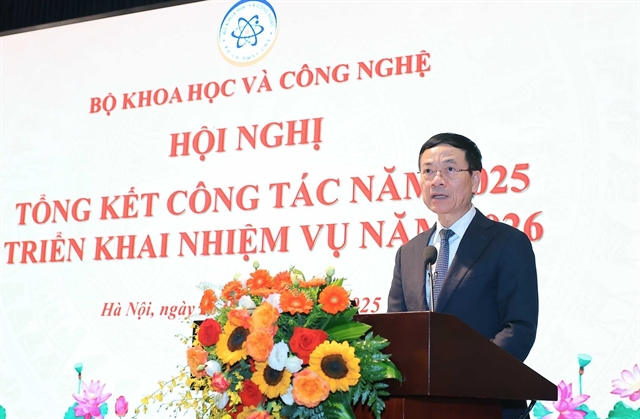 Opinion
Opinion

I am Delia Catacutan, the country representative of the World Agroforestry Centre (ICRAF) in Viet Nam. We are a leading international research organisation that seeks to generate knowledge on the role of trees in enhancing livelihoods and the environment, and use this knowledge to improve policy and practice.
I am Delia Catacutan, the country representative of the World Agroforestry Centre (ICRAF) in Viet Nam. We are a leading international research organisation that seeks to generate knowledge on the role of trees in enhancing livelihoods and the environment, and use this knowledge to improve policy and practice.
The article “PM pushes forest recovery” published in the June 21 issue of your newspaper was very moving for the World Agroforestry Centre. The loss of forest coverage in the Central Highlands is jarring, to say the least, and I could not agree more with the Prime Minister’s decision to prohibit further commercial projects in the area.
Certainly, enforcing bans on deforestation is an effective way to sustain forest coverage; however, in addition, there are supplementary practices that would accomplish the key political tasks of reducing poverty and environmental protection that PM Phuc emphasised at the conference in Dak Lak.
The practice of agroforestry, the incorporation of trees into farming systems, has the potential to generate myriad benefits for the Central Highlands. Our current research throughout Viet Nam, including the Central Highlands, has demonstrated the capacity for agroforestry systems in providing sustainable and long-term measures to adapt to climate change, a high priority identified by Dak Lak Province’s Steering Committee. In particular, agroforestry can address the immense drought problem that has already taken a devastating toll on the region’s communities. By infusing trees into farmlands, we can increase soil organic matter and available nutrients, thereby improving soil fertility and productivity of the land. Adding trees also builds drought resilience via erosion control, improved water infiltration and microclimate amelioration.
In terms of economic value, agroforestry offers a viable solution to the Central Highland’s poverty issue. In Northwest Viet Nam, ICRAF scientists are working closely with smallholder farmers to increase input efficiency and higher-value agricultural products. Through specialised methods like seedling grafting and best-practice combinations of crops and trees, such as the Son Tra-forage grass system, we have seen significant improvements in farmers’ income, with some systems yielding a VND50 million/ha/year net profit! Farmers in the Central Highlands, too, could utilise these practices and see an even greater benefit given their comparative advantages of having rich soil and mild climate.
Furthermore, our organisation is currently looking into developing the interface between forest rehabilitation and agroforestry into more of a continuum. After reading your article, we are excited to discover if our project will produce comprehensive landscape-management packages that can help the Central Highlands achieve both protection of its precious forests and defend the livelihoods of local farmers!